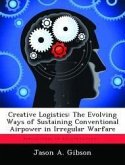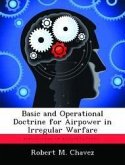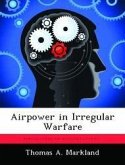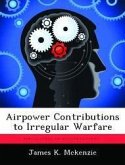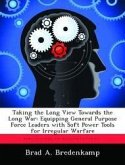This study comprises an analysis of the strategic effects of airpower in irregular warfare. The author derives a theoretical framework for irregular warfare to isolate what make it distinct from other forms of conflict. The conclusion is the state versus non-state actor dynamic imposes specific limitations on the ways and means of strategy each side may use in pursuit of its ends. Next the writer evaluates the history of airpower and airpower doctrine with respect to irregular warfare. The results are that three fundamental differences characterize the employment of airpower in irregular conflicts: a greater subordination to political restraints, a higher sensitivity to the degree of centralized control, and the primacy of indirect effects, namely influence. The author then examines the use of airpower in the Vietnam War during three periods of distinctly different strategy: 1954-61, 1961-65, and 1965-68 in order to evaluate study's theoretical propositions. The study concludes with recommendations that the Department of Defense modify its irregular warfare doctrine and that the USAF take an approach to the employment of airpower in irregular warfare that centers around the concept of influence rather than targeting.
Hinweis: Dieser Artikel kann nur an eine deutsche Lieferadresse ausgeliefert werden.
Hinweis: Dieser Artikel kann nur an eine deutsche Lieferadresse ausgeliefert werden.


